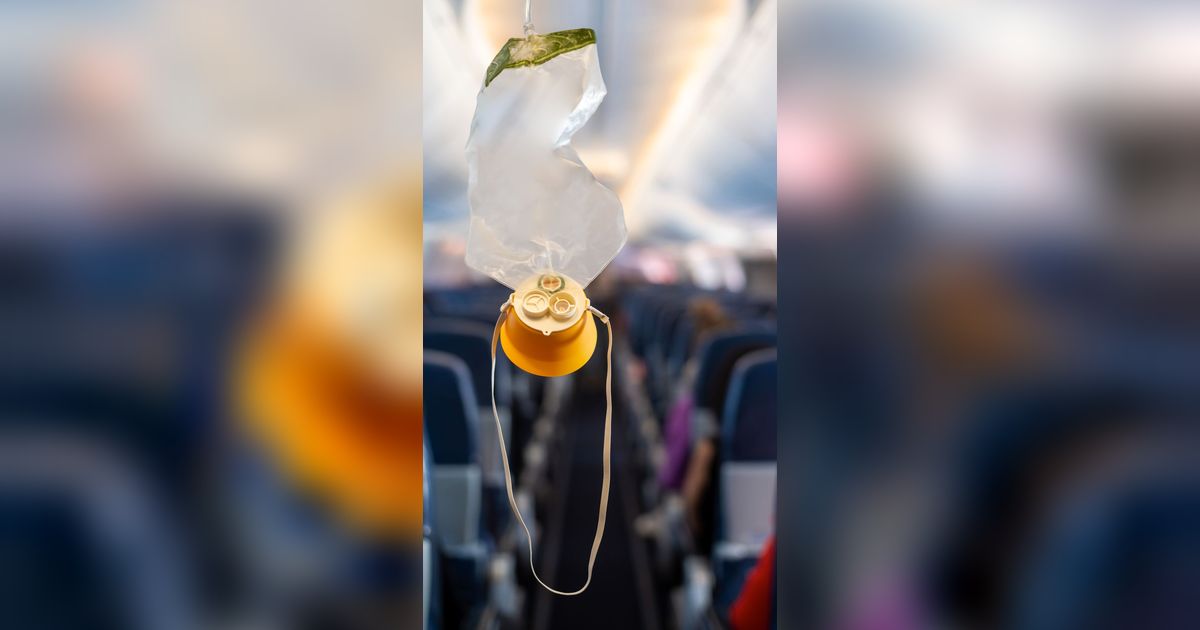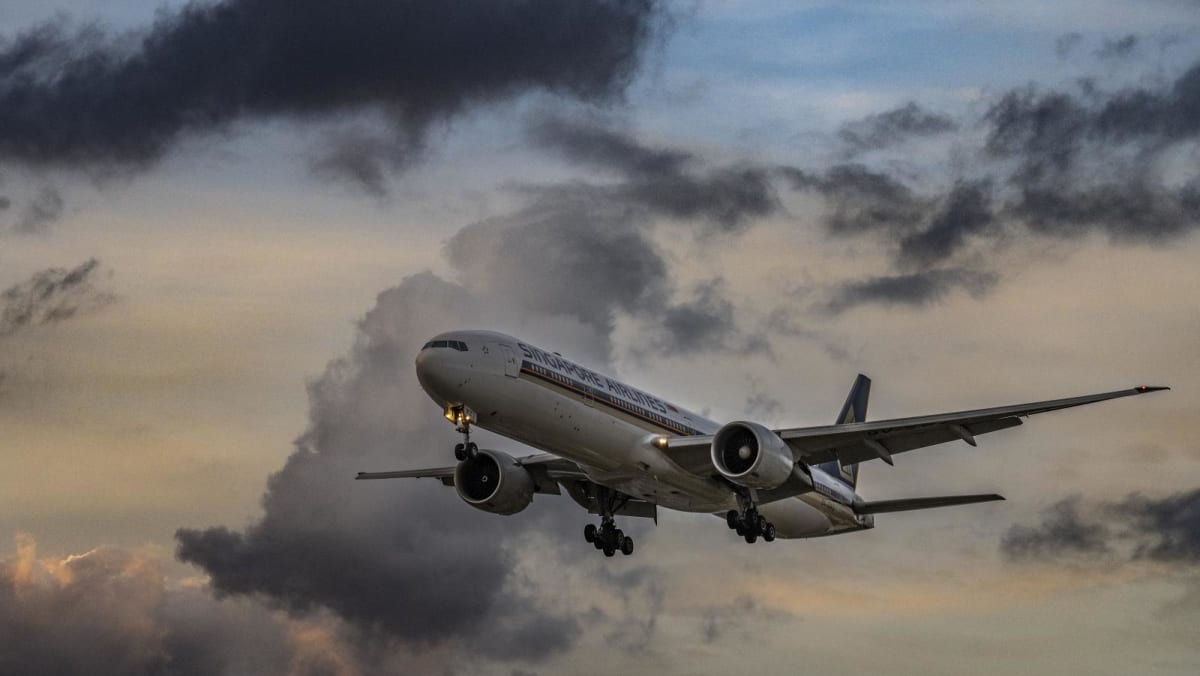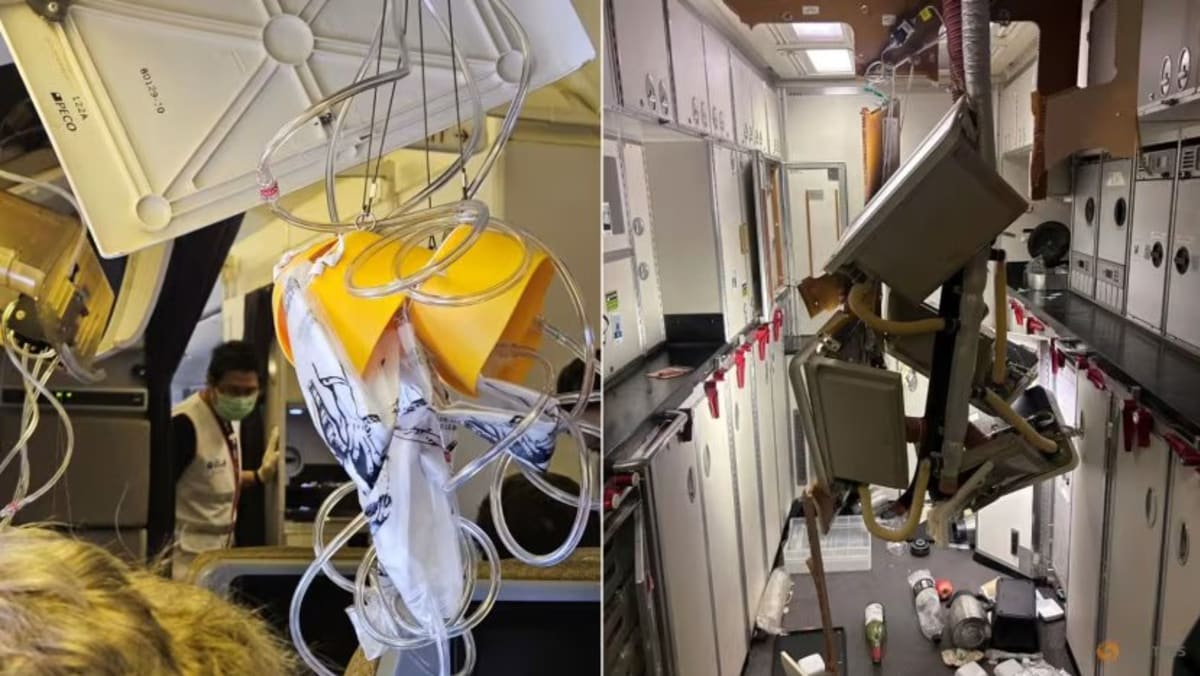Singapore Airlines Turbulence Incident
The Singapore Airlines Flight 006 was a scheduled passenger flight from Singapore Changi Airport to Los Angeles International Airport on October 11, 2001. The Airbus A340-300 aircraft encountered severe turbulence over the Pacific Ocean, resulting in the death of one passenger and injuries to 119 others.
Causes of Turbulence
The exact cause of the turbulence is still unknown, but several factors may have contributed to the incident. The aircraft was flying through a region of the Pacific Ocean known for its frequent thunderstorms. The aircraft’s altitude and speed may have also made it more susceptible to turbulence.
Aircraft Type
The Airbus A340-300 is a wide-body aircraft that is known for its stability and comfort. However, the aircraft’s large size and weight may have made it more difficult to control in turbulent conditions.
Pilot Error
The pilot’s actions may have also contributed to the incident. The pilot may have failed to take evasive action to avoid the turbulence, or they may have been flying at an altitude that was too low for the conditions.
Fatalities and Injuries

Singapore airlines turbulence death – The severe turbulence incident on Singapore Airlines Flight SQ368 resulted in tragic consequences, leading to both fatalities and injuries among the passengers and crew members onboard.
Sadly, one passenger succumbed to their injuries and was pronounced dead upon arrival at the hospital. The remaining passengers and crew sustained a range of injuries, varying in severity.
Severity of Injuries
- Minor injuries: Several passengers and crew members experienced minor injuries, such as cuts, bruises, and sprains. These injuries required basic medical attention and did not pose any long-term health concerns.
- Moderate injuries: A number of individuals sustained moderate injuries, including broken bones, dislocations, and internal injuries. These injuries required more extensive medical treatment and could potentially lead to long-term effects.
- Serious injuries: A few passengers and crew members suffered serious injuries, such as head trauma, spinal cord injuries, and internal bleeding. These injuries required immediate and specialized medical attention, and some individuals may face long-term disabilities or impairments.
Medical Assistance
Following the incident, medical personnel and emergency responders arrived promptly to provide assistance to the victims. The injured passengers and crew were transported to nearby hospitals for treatment. Medical teams worked diligently to stabilize the patients and provide necessary care.
However, the treatment of some victims presented challenges due to the severity of their injuries and the limited medical resources available at the initial treatment facilities. Some patients required specialized equipment and procedures that were not immediately accessible, necessitating their transfer to larger hospitals with more advanced capabilities.
Impact on Singapore Airlines
The turbulence incident had a significant impact on Singapore Airlines’ reputation and operations. The airline’s reputation for safety and reliability was tarnished, and public confidence was shaken. The incident also led to a number of operational disruptions, including flight cancellations and delays.
Measures Taken by Singapore Airlines
In response to the incident, Singapore Airlines took a number of measures to address public concerns and prevent similar incidents in the future. These measures included:
- Conducting a thorough investigation into the incident and implementing new safety procedures.
- Increasing training for pilots and cabin crew on how to handle turbulence.
- Upgrading the airline’s fleet with new aircraft that are equipped with the latest safety features.
- Launching a public relations campaign to restore public confidence in the airline.
Financial Implications
The turbulence incident had a significant financial impact on Singapore Airlines. The airline incurred costs related to the investigation, operational disruptions, and compensation for passengers. The incident also led to a decline in bookings, which further impacted the airline’s revenue.
The turbulence-related death on a Singapore Airlines flight has sparked concerns about the safety of air travel. While such incidents are rare, they serve as a reminder of the potential dangers involved. In the wake of this tragedy, it is worth noting that the United States has also experienced its share of weather-related aviation disasters, including the devastating Iowa tornados of 2008, which claimed the lives of nine people.
Legal Ramifications
Singapore Airlines faced a number of legal ramifications as a result of the turbulence incident. The airline was sued by several passengers who were injured during the flight. The airline also faced regulatory scrutiny from the Singaporean government.
The tragedy of the Singapore Airlines turbulence death has left an indelible mark on the aviation industry. The turbulence, which occurred during a Singapore flight , was so severe that it caused a passenger to be fatally injured. The incident has prompted a thorough investigation into the causes of the turbulence and the safety measures in place to prevent such tragedies in the future.
Investigation and Safety Measures

Following the turbulence incident, a thorough investigation was initiated to determine its cause. The investigation team comprised experts from Singapore Airlines, the Civil Aviation Authority of Singapore, and independent aviation safety consultants. The investigation involved examining flight data recorders, interviewing the crew, and conducting detailed meteorological analysis.
The investigation revealed that the turbulence was caused by an unexpected encounter with a severe downdraft. The downdraft was associated with a thunderstorm that had developed rapidly in the area. The aircraft’s sudden descent and rapid change in airspeed caused significant forces that resulted in injuries to passengers and crew.
In response to the incident, Singapore Airlines implemented a range of safety measures to prevent future turbulence-related accidents. These measures included:
- Enhancing pilot training to improve their ability to detect and avoid turbulence.
- Equipping aircraft with advanced weather radar systems to provide real-time information on weather conditions.
- Implementing a comprehensive turbulence reporting system to share information about turbulence encounters with other airlines and aviation authorities.
The aviation industry as a whole also adopted new safety measures in response to the incident. These measures included:
- Developing new guidelines for airlines on how to operate safely in turbulent conditions.
- Improving the accuracy of weather forecasting to provide airlines with more advance warning of potential turbulence.
- Investing in research to develop new technologies to detect and avoid turbulence.
The safety measures implemented by Singapore Airlines and the aviation industry have been effective in preventing future turbulence-related accidents. Since the incident, there have been no fatal turbulence-related accidents involving Singapore Airlines aircraft. The industry-wide safety measures have also contributed to a significant reduction in the number of turbulence-related injuries.
Media Coverage and Public Perception
The Singapore Airlines turbulence incident garnered significant media attention, shaping public perception of the airline and the aviation industry as a whole. This section analyzes the media coverage, the role of social media, and Singapore Airlines’ communication strategy during and after the incident.
The tragedy of the Singapore Airlines turbulence death sent shockwaves through the aviation industry, casting a dark shadow over the skies. Yet, amidst the grief and mourning, a glimmer of resilience emerged from the heartland of America. In the wake of the devastating Iowa tornado , communities rallied together, demonstrating the indomitable spirit that unites us in the face of adversity.
As the skies cleared over Singapore, the lessons learned from both tragedies serve as a poignant reminder of the fragility of life and the unwavering power of human compassion.
Media Coverage
The media coverage of the incident was extensive, with major news outlets worldwide reporting on the tragedy. The initial reports focused on the harrowing details of the flight, the injuries sustained by passengers, and the ongoing investigation. As more information emerged, the media shifted its attention to the safety record of Singapore Airlines, the potential causes of the turbulence, and the impact on the airline’s reputation.
The media’s portrayal of the incident played a significant role in shaping public perception. The graphic accounts of the injuries and the uncertainty surrounding the cause of the turbulence raised concerns about the safety of air travel. Some media outlets questioned Singapore Airlines’ maintenance procedures and training protocols, while others highlighted the airline’s long history of safety and its commitment to passenger well-being.
The recent Singapore Airlines turbulence death tragedy serves as a sobering reminder of the unpredictable nature of air travel. While such incidents are rare, they highlight the importance of safety measures and precautions. In a similar vein, the devastating tornado in Greenfield, Iowa underscores the power of nature and the need for preparedness.
As we navigate the challenges of both air and ground travel, it is crucial to prioritize safety and remain aware of potential risks.
Role of Social Media
Social media played a crucial role in disseminating information about the incident and shaping public opinion. Eyewitness accounts, videos, and updates from passengers and their families flooded social media platforms, providing a real-time account of the events. Social media also became a forum for expressing condolences, offering support to the victims and their families, and discussing the implications for air travel.
The tragic Singapore Airlines turbulence death incident, a haunting reminder of aviation’s risks, prompts us to delve into the intricate world of navigation. Like the fateful flight, our journey to uncover the complexities of airspace takes us to Greenfield, Iowa, where a comprehensive greenfield iowa map charts the town’s meticulous layout.
As we return to the turbulence tragedy, we’re reminded that even in the face of adversity, the pursuit of understanding remains a beacon of hope.
The use of social media allowed for a more immediate and interactive response from the public compared to traditional media channels. It enabled individuals to share their perspectives, raise questions, and demand accountability from Singapore Airlines. The airline actively engaged with the public on social media, providing updates, responding to concerns, and offering support to those affected.
Singapore Airlines’ Communication, Singapore airlines turbulence death
Singapore Airlines faced a significant challenge in managing the media and communicating with the public during and after the incident. The airline’s initial response was swift and comprehensive, with a dedicated team providing regular updates and coordinating with media outlets.
Singapore Airlines emphasized transparency and accountability in its communication. The airline acknowledged the severity of the incident, expressed condolences to the victims and their families, and pledged to conduct a thorough investigation. It also provided regular updates on the progress of the investigation and the measures being taken to enhance safety.
The airline’s proactive and empathetic communication strategy helped to maintain public trust and mitigate the negative impact on its reputation. Singapore Airlines’ commitment to safety and its willingness to address concerns openly were well-received by the public and contributed to the gradual restoration of confidence in the airline.
Legal Implications and Compensation

The Singapore Airlines turbulence incident had significant legal implications, resulting in lawsuits and compensation claims from victims and their families.
Singapore Airlines faced legal responsibilities under international aviation law, which imposes a duty of care on carriers to ensure the safety of passengers. Determining liability in such cases can be complex, as it involves establishing negligence or fault on the part of the airline.
Compensation Process
Victims and their families were eligible for compensation under the Montreal Convention, an international treaty governing liability for air carrier accidents.
The amount of compensation was determined based on several factors, including the severity of injuries, lost income, and pain and suffering. The process involved negotiations between the victims’ representatives and Singapore Airlines, with the assistance of legal counsel.
Lessons Learned and Industry Impact: Singapore Airlines Turbulence Death
The Singapore Airlines turbulence incident served as a wake-up call for the aviation industry, highlighting the need for enhanced safety measures and improved risk management strategies.
In the aftermath of the incident, several lessons were learned and implemented to prevent similar occurrences in the future.
Changes to Industry Practices and Regulations
- Enhanced weather forecasting and monitoring systems were introduced to provide more accurate and timely information about potential turbulence.
- New training protocols were developed for pilots, emphasizing the importance of turbulence avoidance and risk assessment.
- Aircraft manufacturers incorporated design modifications to improve aircraft stability and reduce the impact of turbulence.
Development of New Technologies and Safety Protocols
- Advanced weather radar systems were developed to detect and predict turbulence with greater accuracy.
- Real-time turbulence reporting systems were implemented, allowing pilots to share information about turbulence encounters with other aircraft.
- New safety protocols were established, including mandatory seat belt use during turbulence and enhanced passenger safety briefings.